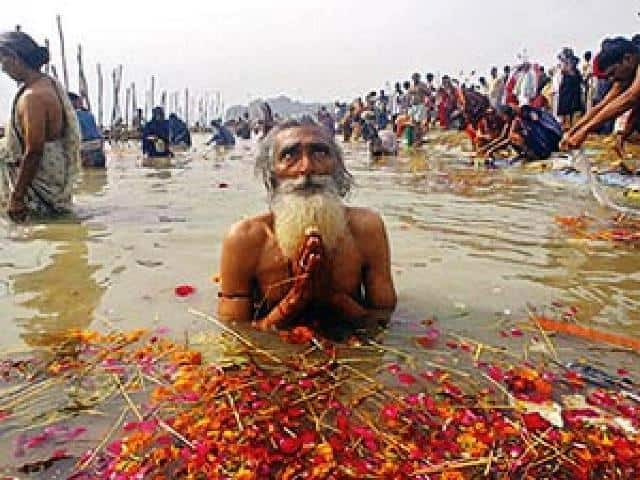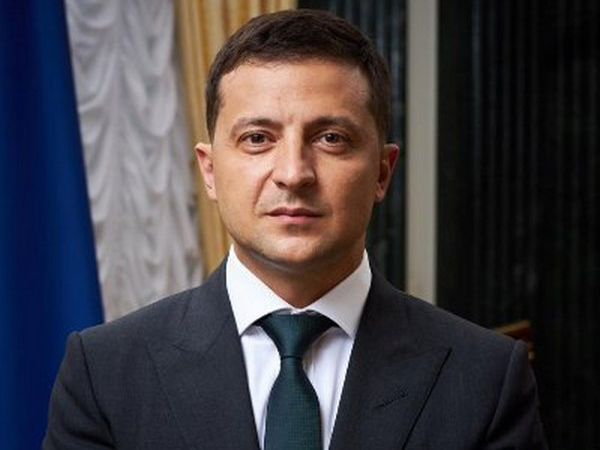
Ganga Gets A Breath Of Life In Kanpur
Located on the west bank of river Ganga, Kanpur is a densely populated city famous for its leather industries. The city produces an estimated 450 million litres of municipal sewage and industrial effluent daily, a majority of which was flowing directly into the holy river until recently.
In November 2018, a century-old Sisamau drain, which produces over 140 million litres per day (MLD) of sewage, was completely stopped from discharging sewage into the Ganga. This was the biggest drain-tapping initiative undertaken at a cost of over Rs. 60 crore.
The sewage has been diverted via pipelines to two sewage treatments plants (STPs) on the outskirts of the city – 80 million litres a day to Bhingawan STP and 60 MLD to Jajmau STP.
The tapping of major drains in Kanpur is a big achievement to keep the holy river and its tributaries clean.
Rajiv Ranjan Mishra, Director General of National Mission for Clean Ganga, said, “In Kanpur, there are two rivers – Ganga and Pandu. Six drains go to Pandu River and 16 rivers come to Ganga. On both sides, drains have been tapped. Now, we are left with three drains flowing into Ganga and three into Pandu.”
“We have sanctioned new STP as part of one city, one operator concept. Whichever drains have not been tapped are part of that project. There is integrated planning so that drains flowing into either Pandu or Ganga rivers are all tapped. Major drains have already been tapped,” he added.
Under the AMRUT Scheme, sewer infrastructure will be developed for houses located on the banks of Ganga by 2020 so that the household waste does not flow directly into the river.
“The level of dissolved oxygen (DO) in Ganga has improved. Several drains have also been closed. After the implementation of a Rs.370 crore project to connect houses located on the banks of Ganga through sewage, there will be a lot of improvement. We are also controlling tannery waste,” said Ghanshyam Dwivedi, Project Manager – Ganga Pollution Control Unit at Jal Nigam in Kanpur.
Hailed as the “leather city of the world”, Kanpur has 400 small, medium and big tanneries, many of which are over a century old.
With the launch of Namami Gange programme, stringent action against these tanneries has been taken so that no effluents flow into the river.
Select big tanneries have set-up personal effluent treatment plants that filter out some of the solid waste such as remnants of animal skin, sludge and excreta. From here, the partially processed waste is sent for further treatment to a large common effluent treatment plant (CETP).
Mohammad Moin Lari, Partner, Northern Tannery at Jajmau in Kanpur, said wastewater from tanneries is going through the CETP’s conveyor system. “In our factory, we treat our wastewater and then send it to CETP for further treatment. Almost every tannery follows this process,” he added.
In Jajmau, 36 MLD common effluent treatment plant exists, out of which 9 MLD is dedicated to treating the effluent coming from tanneries.
The National Mission for Clean Ganga has approved another 20 MLD CETP at an estimated cost of Rs. 554 crore for the treatment of tannery wastewater. It is estimated to be functional by the end of 2020.
“For medium term and long term improvement, a new plant is under construction. For that, we are insisting that the Jajmau Tannery Association takes an active part in the construction. Ultimately, it is their thing. In fact, they are supposed to invest maximum money for construction for which 75 per cent of the money is given by NMCG. So, we are giving them financial help to get it constructed. Naturally, we would expect very strict compliance of all the things for which we are giving them help. The least we expect from the industry is to have self-control and cooperate with the enforcement machinery,” said Mishra.
Asok Kumar, Executive Director (Projects) at National Mission for Clean Ganga said, “We have started a new STP to treat the effluents keeping in mind the population of 2035. Kanpur, which has a heavy load of industrial effluents, is also being tackled to get clean water to the Ganga”.
The government’s efforts by restricting the flow of urban sewage and industrial effluents from cities like Kanpur will help keep the holy river clean.
(ANI)



